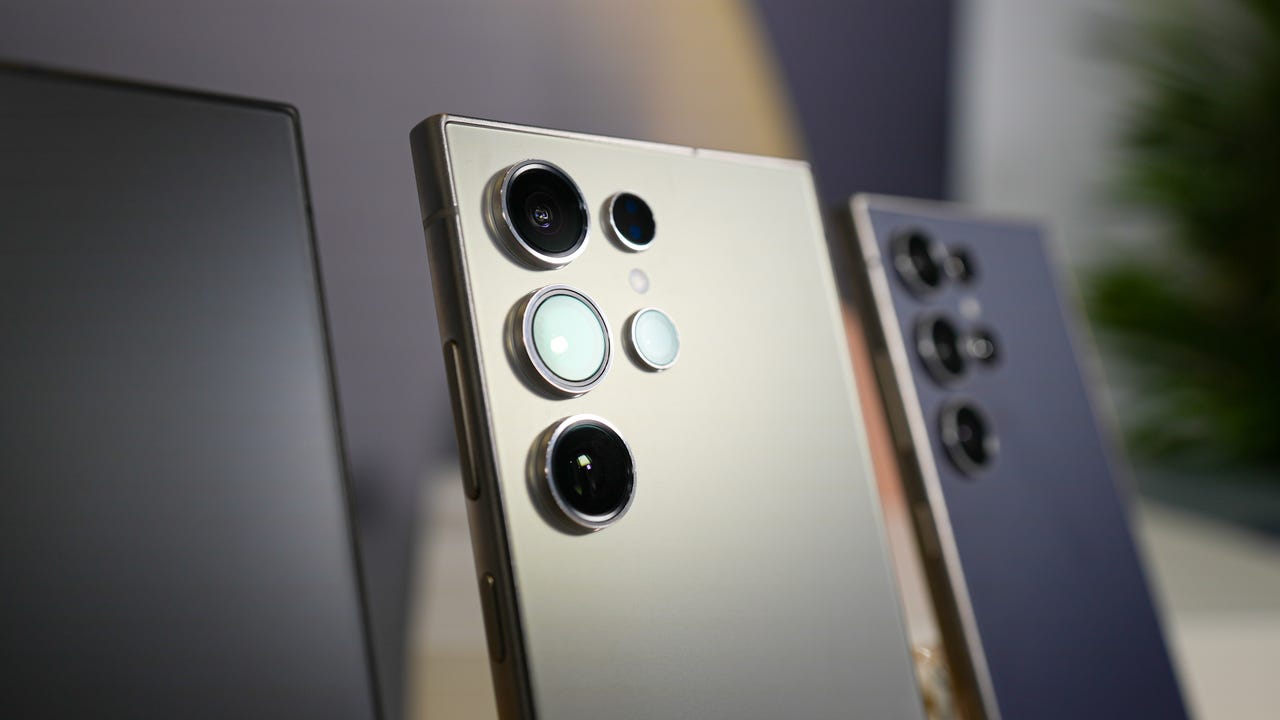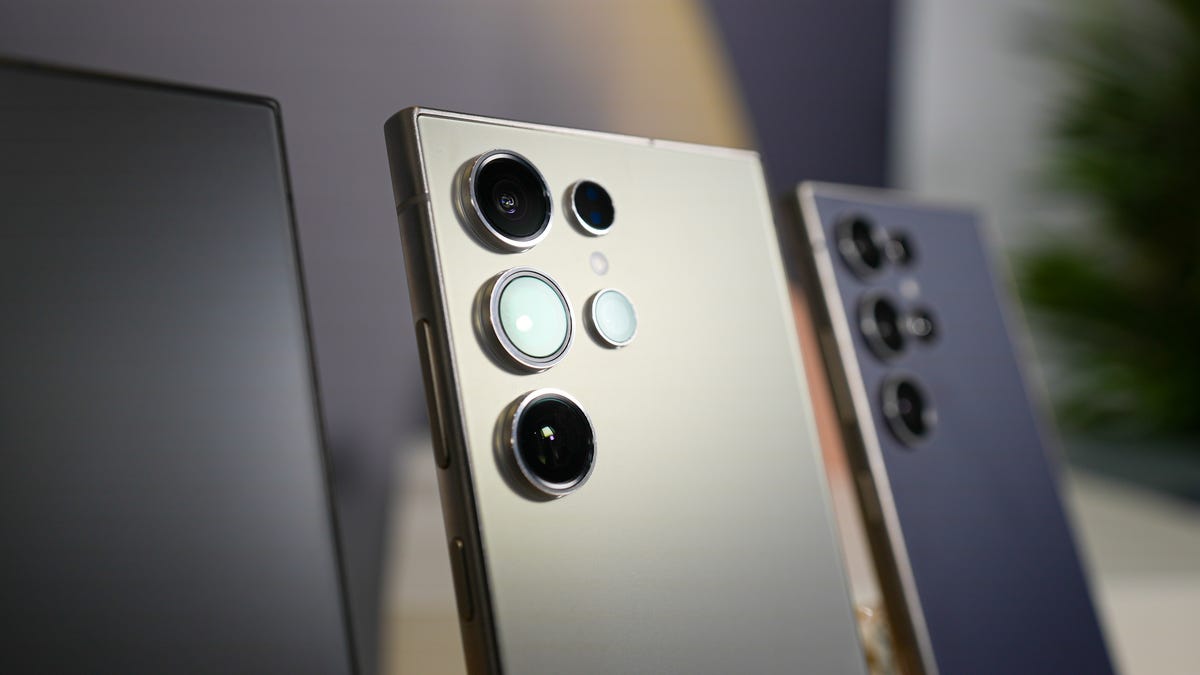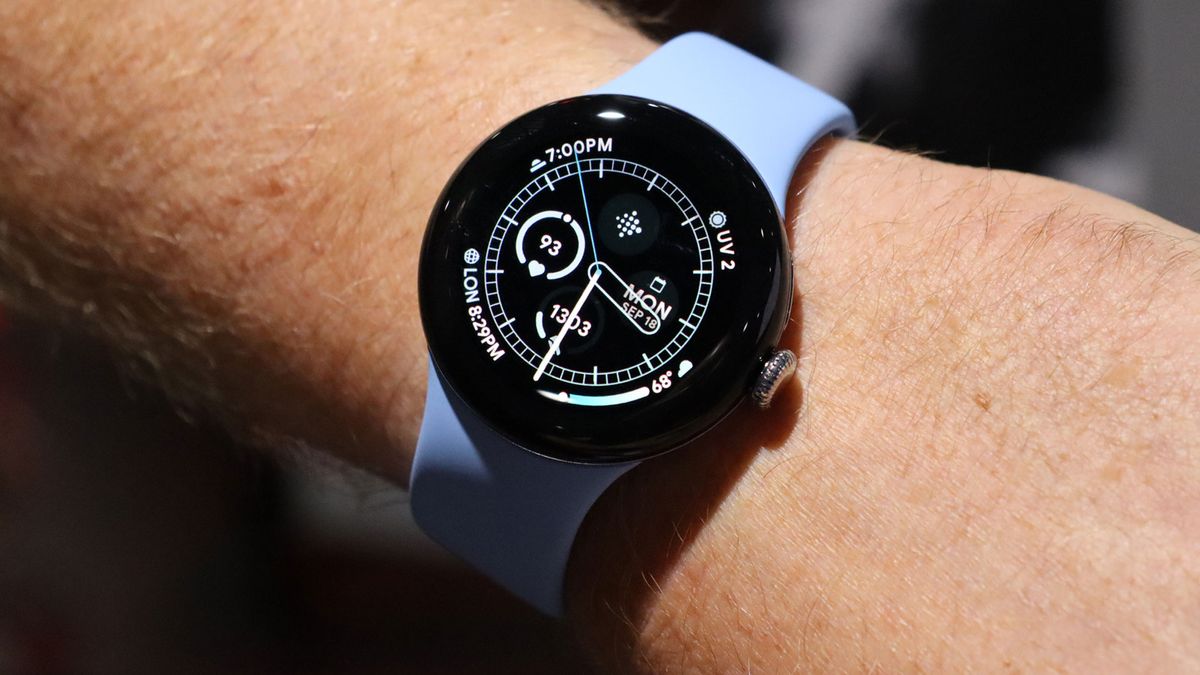
Ahead of next week’s Unpacked, Samsung recently unveiled a new 200MP telephoto image sensor for smartphones with improved light-absorbing capabilities.
Isocell HP9 packs 200 million 0.56-micrometer pixels into a 1/1.4-inch optical format. Samsung said it used a new material to make the sensor’s high-refractive microlens that increases its light-gathering ability by precisely directing more light to the corresponding RGB color filter.
Also: What to expect from Samsung Unpacked Summer 2024: Galaxy Z Fold 6, Watch 7, Smart Ring and more
The sensor was developed following the trend of premium smartphones using larger wide-angle optical formats for the main camera, meaning they have enough space to house larger telephoto sensors, the company said.
The South Korean tech giant said this increased light sensitivity by 12% and contract autofocus performance by 10% compared to its predecessors.
The sensor excels in low-light conditions thanks to the company’s technology that packs 16 pixels into 12MP. Sensors are 2.24 micrometers in size to better absorb light for sharper portrait shots and “dramatic” out-of-focus bokeh effects, according to the company.
Also: Blackmagic Camera comes to Android: why it’s now my go-to app for recording videos on my Pixel
The sensor also offers 12x optical zoom when its 4x on-sensor zoom modules are combined with the 3x telephoto zoom module, which should produce clearer, less grainy images when cropped.
Along with the 200MP telephoto sensor, Samsung also introduced two new 50MP image sensors, the Isocell GNJ and the Isocell JN5.
According to the company, Isocell GNJ is a dual-pixel sensor with 50 million 1-micrometer-sized pixels in a 1/1.57-inch optical format. It’s called dual pixel because each pixel houses two photodiodes for faster and more accurate autofocus. It also uses Samsung’s new microlens for better light absorption. The pixels are also better isolated from each other to minimize crosstalk, allowing for more accurate image capture.
Also: Samsung’s $99 Galaxy Watch is the best WearOS deal right now — here’s how to score
The Isocell JN5 has 50 million 0.64-micrometer pixels in a 1/2.76-inch optical format, according to Samsung. The sensor has dual vertical transfer gate technology that increases charge transfer within the pixels to reduce noise and produce clearer images in low-light conditions. It has the mandatory phase detection technology and improved high dynamic range. It is an all-round sensor that can be used in main and secondary cameras for wide-angle, ultra-wide-angle, and telephoto.
It’s worth noting that while these sensors may eventually make their way to mainstream smartphones, it’ll likely be another year or two before they do, meaning upcoming Galaxy foldable phones won’t be getting the camera upgrades Samsung is touting.










